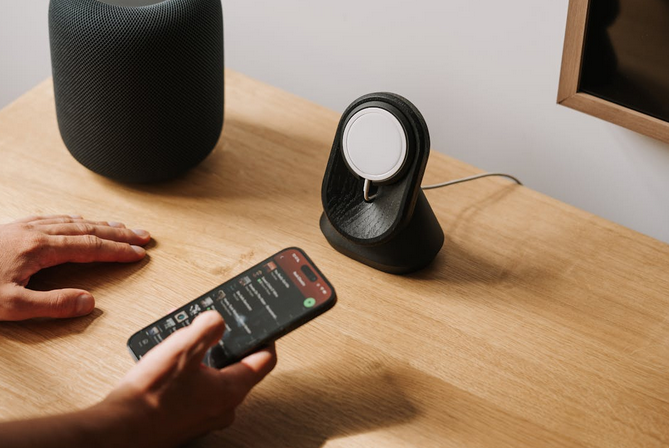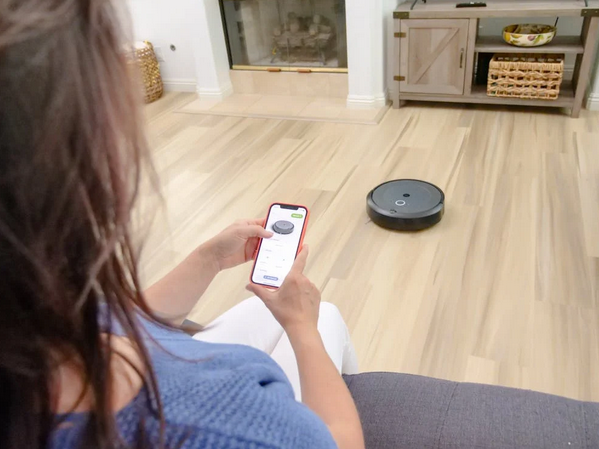Gone are the days when buying a new home meant just a fresh coat of paint and a modern kitchen. In 2025, it might also mean agreeing to terms of service, checking for firmware updates, and maybe even troubleshooting a glitchy thermostat. Welcome to the era of smart homes—where your house isn’t just built, it’s programmed.
As tech continues to seep into every corner of our lives, homes are becoming less about brick and mortar and more about Wi-Fi, apps, and seamless automation. From connected appliances to voice-activated lighting, we’re quickly moving toward a future where homes evolve the same way our phones do: with updates, patches, and new features over time.
Here’s what that actually means—and why it’s both exciting and a little weird.
Your Home Is Becoming a Device
Think of your smart home like one giant, physical gadget. It’s filled with sensors, software, and connected systems all designed to talk to each other. Your doorbell sends video to your phone, your fridge reminds you to buy milk, and your blinds open with the sunrise. Like any device, these features rely on software—and that means they’re subject to regular updates. This shift turns your home into something dynamic, not static. It’s not just built once—it’s improved over time.
Updates Can Add Features, Not Just Fix Bugs

One of the perks of software-powered homes is that updates can actually make your home smarter. You might wake up one day to find your smart speaker now understands a new command or your lighting system has a new “mood mode.” These aren’t fixes—they’re upgrades. Imagine buying a house and, six months later, the oven gets a new air-fry function via a software update. That’s the kind of magic we’re talking about.
Glitches and Downtime: The New Home Maintenance
Of course, where there’s software, there are bugs. A smart thermostat might freeze up. Your smart lock might lag. Or your home security system might go temporarily offline during a firmware update. These aren’t emergencies, but they are the new version of household problems. Instead of calling a plumber, you might end up rebooting your router or calling tech support. It’s a different kind of maintenance—digital, not physical.
Customization Is Easier Than Ever

The beauty of software-driven homes is that they can be tailored to your lifestyle with just a few taps. Want lights that dim automatically when you turn on the TV? Set a scene. Want your bedroom to warm up before your alarm goes off? Program it. These systems are highly customizable, and software updates only expand what’s possible. It’s no longer just about design preferences—it’s about personalizing how your home behaves.
Privacy and Security Matter More Than Ever
Here’s the flip side: smart homes collect data. They track your habits, schedules, and preferences to serve you better—but that information has to live somewhere. With software-based homes comes the responsibility of securing them. Software updates often include critical security patches, so staying current isn’t optional—it’s essential. In this new world, protecting your home means more than locking your doors—it means updating your devices, managing permissions, and staying digitally aware.
Your next home might not just shelter you—it might listen to you, learn from you, and change with you. As technology becomes an everyday layer of domestic life, our houses are becoming smarter, more responsive, and more adaptable than ever before. But with that flexibility comes new responsibilities, from software updates to digital security.…

